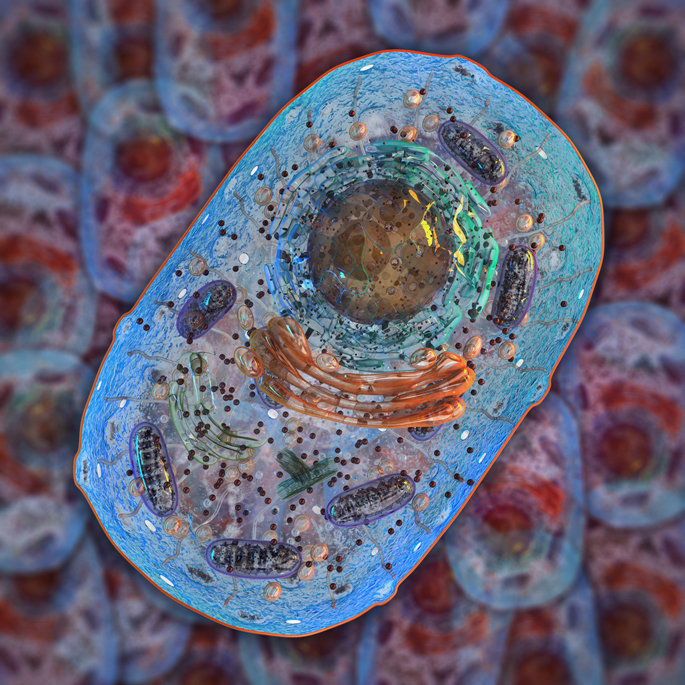
The exocyst is a protein complex essential for life, that is comprised of eight subunits and is a crucial component in vesicle trafficking.
The mechanisms by which exocysts assemble and deliver vesicles containing important biological materials to the cell surface has been unclear, especially in mammalian cells. Much of this is because previous studies using gene overexpression can produce artifacts.
Now, using CRISPR/Cas9-mediated gene editing, high-speed single molecule sensitive imaging and fluorescence cross-correlation spectroscopy, Mukhtar Ahmed, PhD, and colleagues have found that the mammalian exocyst functions as a remarkably dynamic two-part complex, thus providing a new mechanism of how the exocyst functions.
The researchers also discovered that the exocyst subcomplexes, each composed of four subunits, assemble and localize to the plasma membrane independently of each other. The study was published last week in the journal Nature Communications.
The authors said that the methods they employed are applicable to any protein complexes in the cell and have the potential to revolutionize our understanding of cell dynamics.
This research was supported by a grant from the National Institutes of Health (GM070902), a Natural Sciences and Engineering Research Council of Canada Discovery Grant, postdoctoral fellowships from the Canadian Institutes of Health Research, and a research fellowship from the Japan Society for the Promotion of Science.












